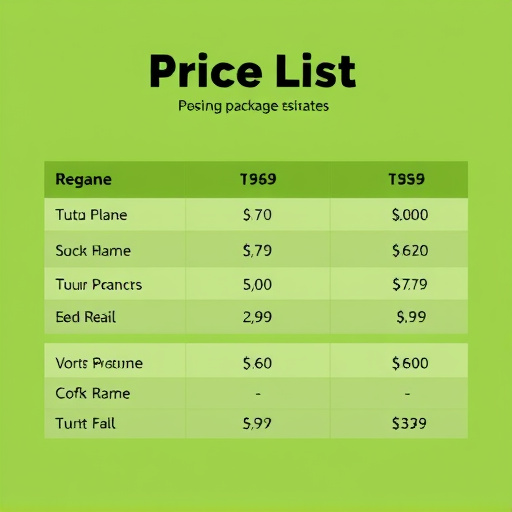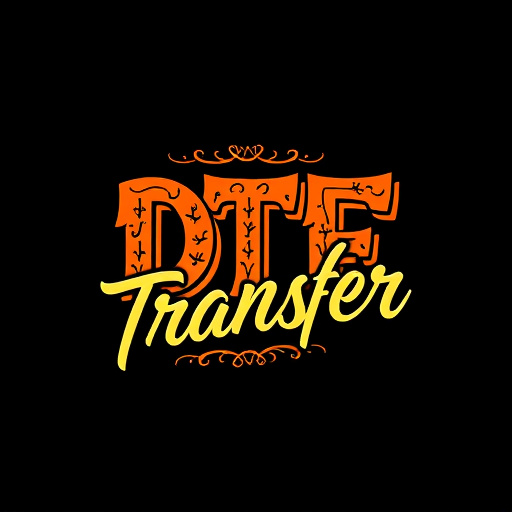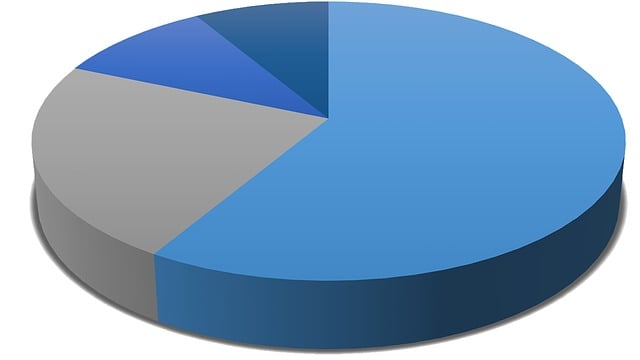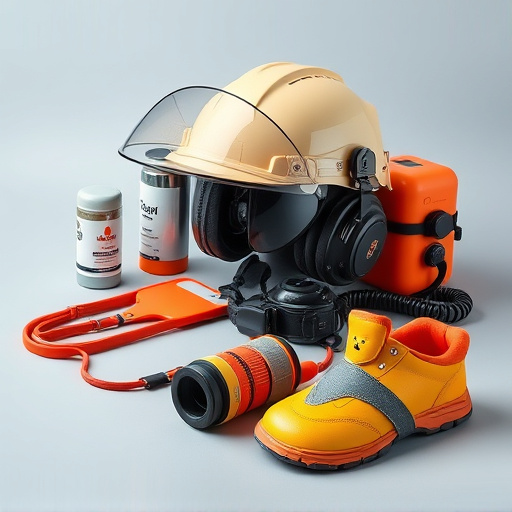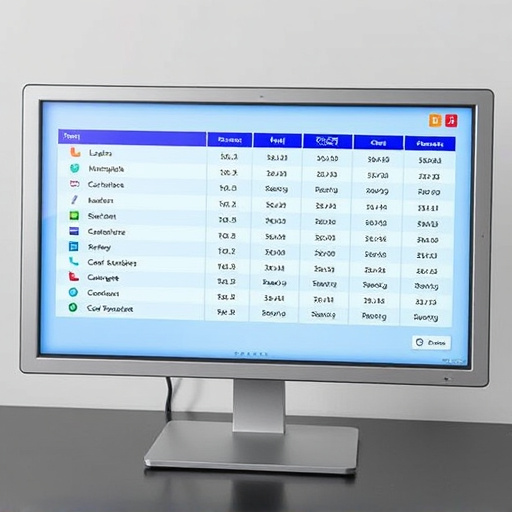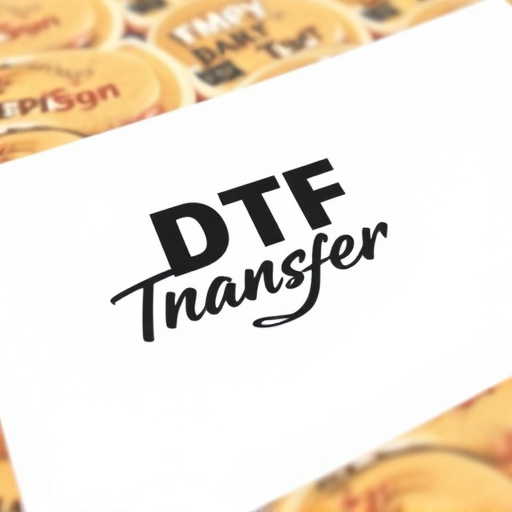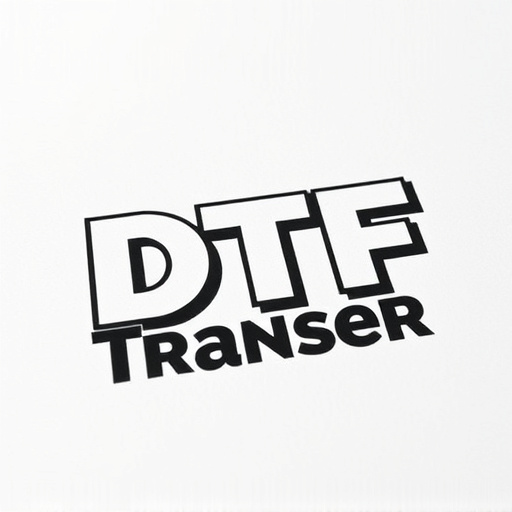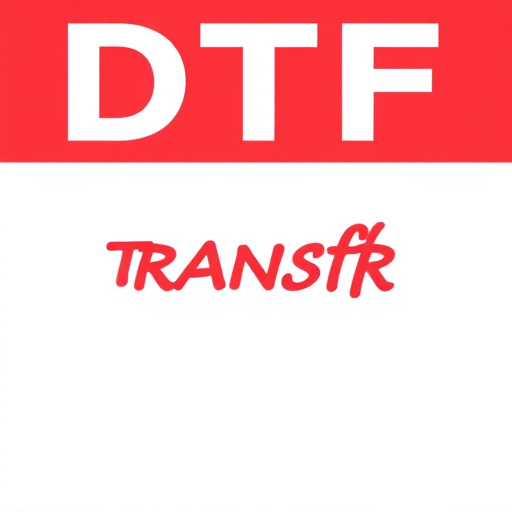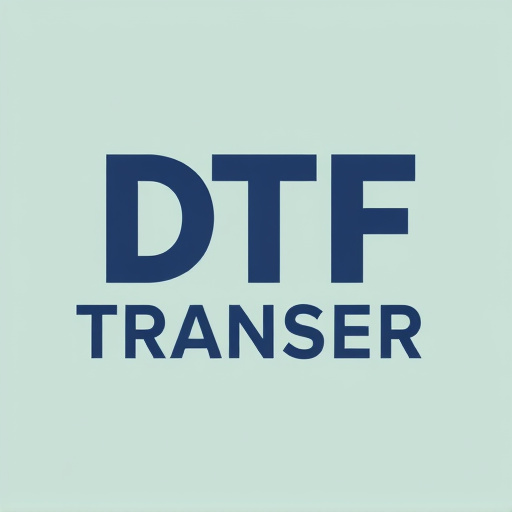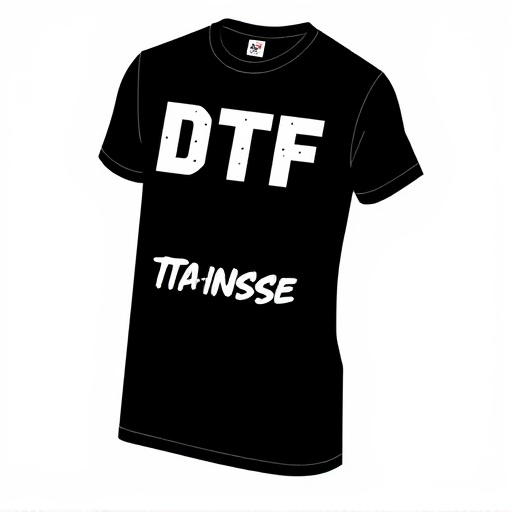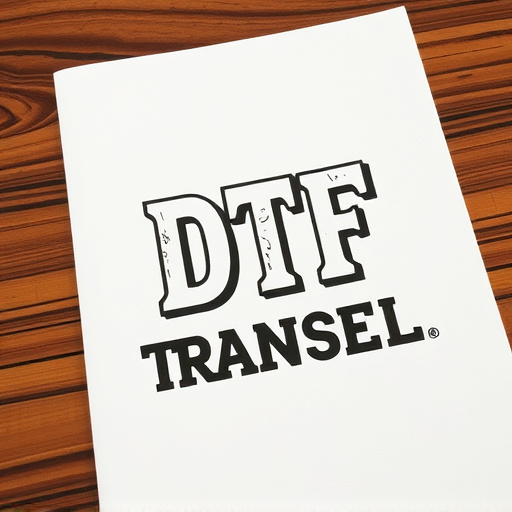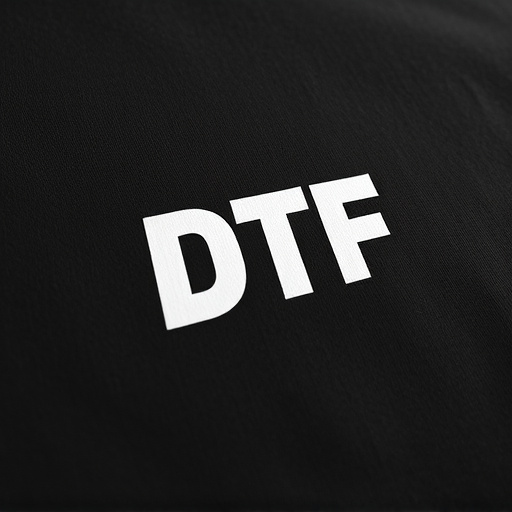Digital Thermal Forming (DTF) technology is revolutionizing the film and printing industry by offering a cost-effective solution for smaller commercial operations. DTF Transfer digitizes traditional film negatives into high-resolution files suitable for printing on diverse materials like textiles, plastics, and metals, preserving color accuracy and intricate details. This process simplifies production, reduces costs, and enables businesses to create unique, nostalgic experiences with vibrant DTG prints. Adopting the right DTF equipment, based on specific needs and future demands, allows smaller operations to stay competitive and deliver exceptional prints efficiently. Success stories from various sectors demonstrate the versatility and cost-effectiveness of DTF, while future innovations aim to enhance efficiency, sustainability, and creative expression in DTF transfer solutions.
In today’s digital age, small commercial operations are seeking efficient and cost-effective film transfer solutions. Digital Film Transfer (DTF) technology has emerged as a game-changer, revolutionizing the way businesses create and print high-quality DTF prints. This article delves into the world of DTF, exploring its advantages for smaller operations, guiding buyers through equipment selection, optimizing workflows, and showcasing successful case studies. Discover how DTF transfer is transforming industries and shaping the future of printing.
- Understanding Digital Film Transfer (DTF) Technology
- Advantages of DTF for Smaller Commercial Operations
- Choosing the Right DTF Equipment: A Buyer's Guide
- Workflow Optimization: Efficient DTF Printing Processes
- Case Studies: Successful DTF Implementation in Small Businesses
- Future Trends and Innovations in DTF Transfer Solutions
Understanding Digital Film Transfer (DTF) Technology
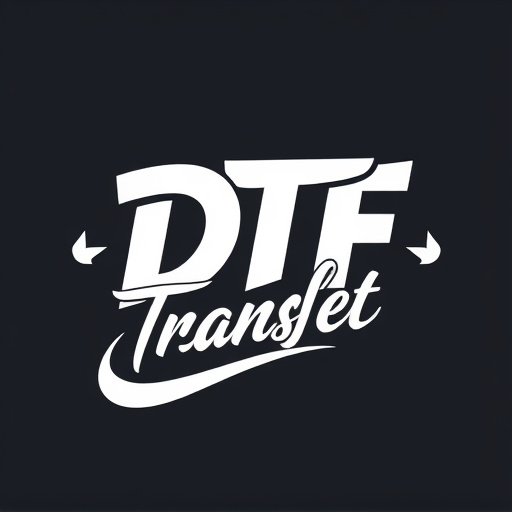
Digital Film Transfer (DTF) technology has emerged as a game-changer in the film industry, offering efficient and cost-effective solutions for smaller commercial operations. This cutting-edge process involves scanning and digitizing traditional film negatives to create high-resolution digital files, which can then be used for various purposes, including DTF printing. With DTF Transfer, businesses can easily convert their vintage or archival films into modern, accessible formats without sacrificing quality.
DTF technology ensures precise color reproduction and intricate detail, making it ideal for creating DTF prints that capture the essence of original film footage. This method is particularly beneficial for smaller operations as it streamlines the process of preserving and sharing historical content, enabling them to compete with larger studios in terms of output quality. By adopting DTF, smaller commercial entities can enhance their production capabilities and offer unique, nostalgic experiences to their audiences through vibrant DTF prints.
Advantages of DTF for Smaller Commercial Operations
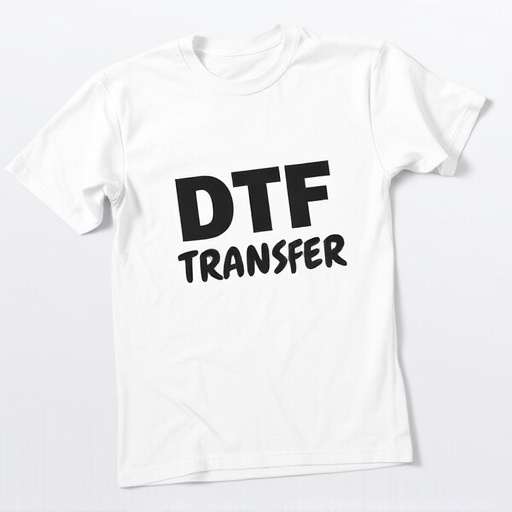
For smaller commercial operations looking to enhance their printing capabilities, Digital Thermal Formatting (DTF) offers a host of advantages. DTF Transfer technology allows for direct-to-fabric printing, streamlining production processes and enabling businesses to create high-quality, durable prints on a variety of materials. This method is particularly beneficial due to its versatility; it can be used on textiles, plastics, and even metals, expanding the scope of possible applications.
Furthermore, DTF Printing provides excellent color accuracy and detail retention, ensuring that final products meet or exceed expectations. The process is also cost-effective, eliminating the need for expensive plate preparation and making it a viable solution for smaller runs or custom orders. By adopting DTF Transfer, smaller commercial operations can stay competitive in the market while delivering exceptional prints with speed and efficiency.
Choosing the Right DTF Equipment: A Buyer's Guide
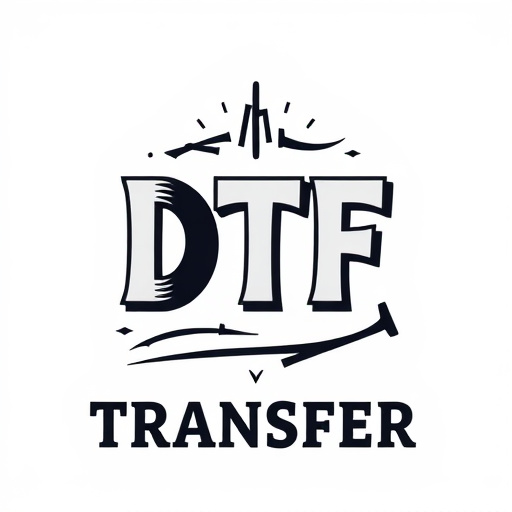
When considering a DTF (Direct-to-Film) transfer solution for your smaller commercial operation, selecting the right equipment is paramount to achieving high-quality prints and efficient production. The first step is to assess your specific needs; this includes understanding the types of materials you’ll be working with, the volume of prints required, and any unique specifications your projects demand. DTF printers vary in size, capabilities, and features, from compact models suitable for small businesses to industrial-grade machines for larger operations.
Additionally, buyers should consider the ease of use, maintenance, and long-term cost-effectiveness of the equipment. Modern DTF systems often come with user-friendly interfaces, automatic feed mechanisms, and advanced settings for precise control over print quality. Ensure that the chosen machine aligns with your current and future requirements to maximize investment value.
Workflow Optimization: Efficient DTF Printing Processes
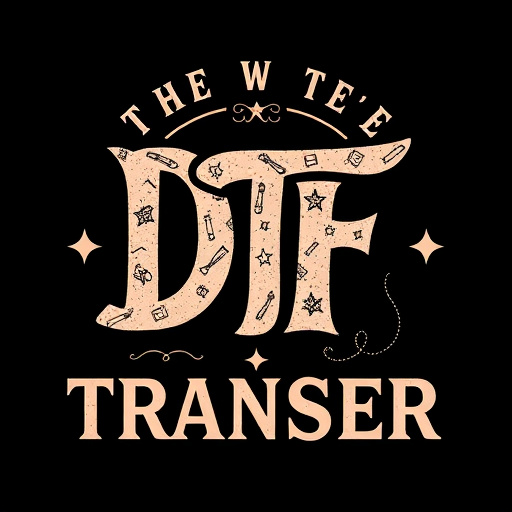
In the realm of smaller commercial operations, optimizing film transfer processes is key to enhancing productivity and reducing costs. Digital Thermal Transfer (DTF) printing stands out as a game-changer in this context. By employing DTF technology, businesses can achieve precise and high-quality prints on various materials, streamlining their workflow significantly. The efficient nature of DTF lies in its ability to directly transfer intricate designs onto fabric or other substrates, eliminating the need for intermediate steps.
This streamlined approach results in faster production times and cost savings. Moreover, DTF printing offers unparalleled versatility, accommodating a wide range of fabrics and materials. This flexibility allows smaller operations to cater to diverse client demands, expanding their service offerings and fostering growth. With its meticulous attention to detail and consistent output, DTF Transfer becomes an indispensable tool for achieving top-notch results in the hands of skilled professionals.
Case Studies: Successful DTF Implementation in Small Businesses
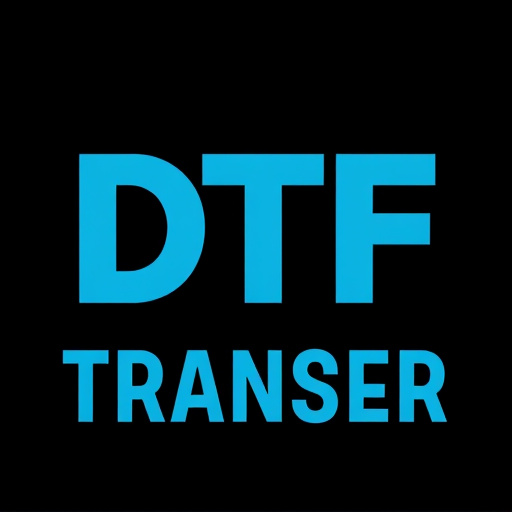
Small commercial operations are increasingly turning to Digital Thermal Forming (DTF) transfer solutions for their film printing needs, as evidenced by several successful case studies. These businesses, ranging from local shops to specialized startups, have embraced DTF technology for its versatility and cost-effectiveness in producing high-quality prints on a variety of materials. For instance, a boutique clothing brand utilized DTF printing to create custom, heat-transfer labels for their unique apparel line, allowing them to differentiate their products in the market while maintaining a lean operation.
Another standout case involves a local coffee shop that employed DTF Transfer to print visually appealing, personalized cups and mugs. This not only enhanced their customer experience but also enabled them to quickly adapt their branding and promotions. The direct-to-film approach of DTF Printing allowed for swift design changes and on-demand printing, ensuring the café could keep up with seasonal trends and special events. These success stories highlight how DTF technology democratizes access to advanced film transfer solutions, making it an attractive option for smaller businesses looking to elevate their branding and marketing strategies without breaking the bank.
Future Trends and Innovations in DTF Transfer Solutions
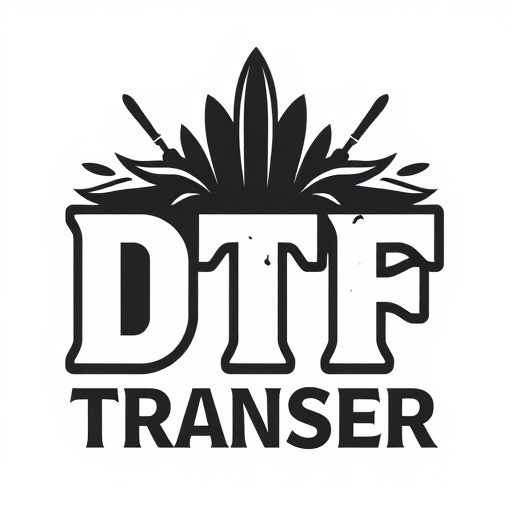
The future of DTF transfer solutions looks promising, with ongoing innovations pushing the boundaries of what’s possible in DTG printing. As smaller commercial operations seek more efficient and cost-effective methods, we can expect to see advancements in several key areas. One prominent trend is the integration of AI and machine learning algorithms to optimize print quality and speed, making DTF printing even more accessible for diverse applications.
Additionally, the development of eco-friendly inks and substrates will address environmental concerns, aligning with the growing demand for sustainable practices within the print industry. Furthermore, improvements in hardware technology, such as more precise mechanics and improved resolution, will enable the production of finer details and intricate DTG prints, expanding the possibilities for creative expression and opening new avenues for DTF transfer solutions in smaller commercial settings.
